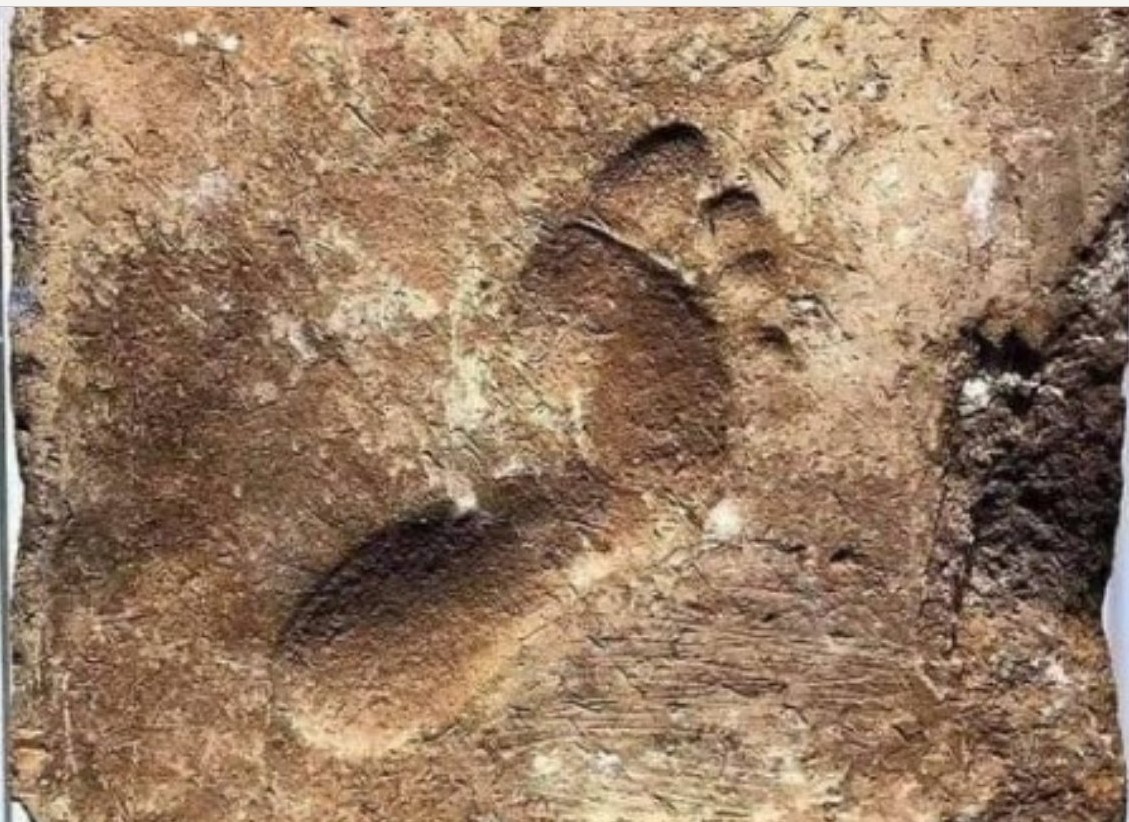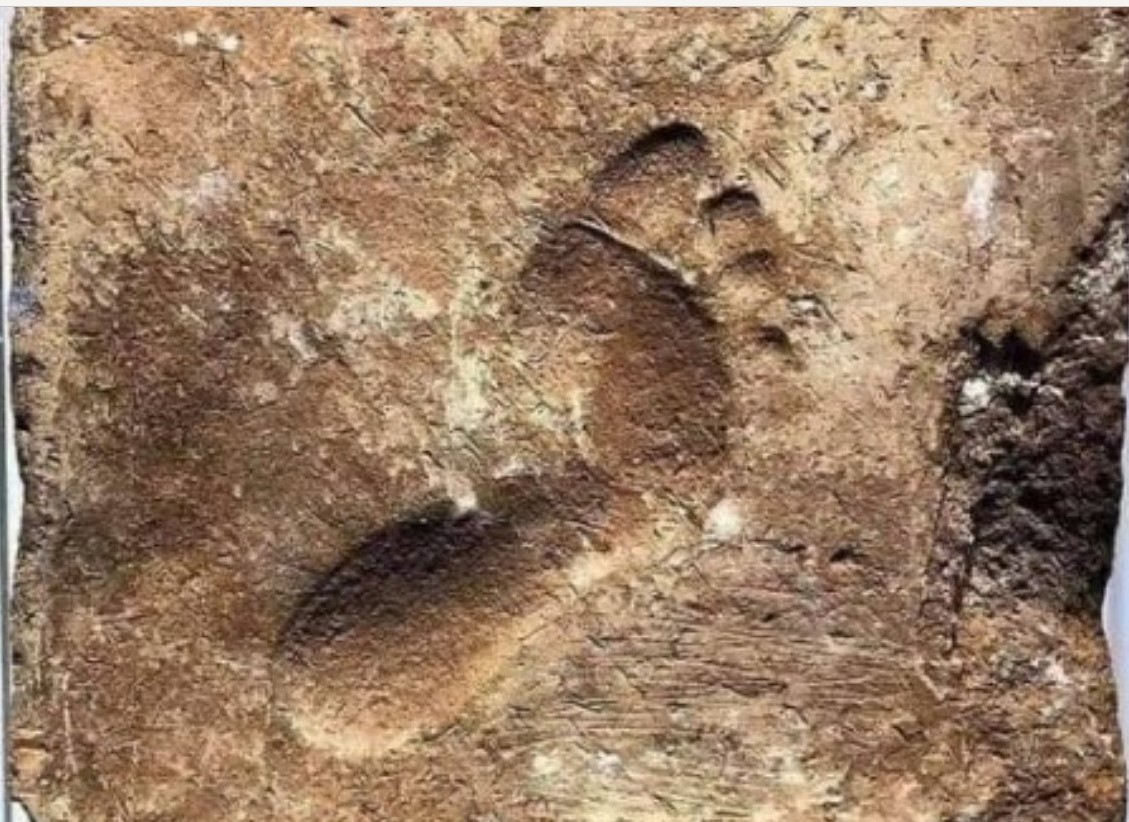In the annals of human history, there are moments when ordinary occurrences leave an extraordinary mark, offering glimpses into the lives and actions of our ancestors. One such enigmatic artifact is the footprint discovered in Ur, Iraq, dating back to 2000 BC. This footprint, preserved in mud brick, tells a silent yet compelling story of a moment frozen in time—a fleeting encounter with an ancient individual who stepped barefoot on a sun-dried brick. This article delves into the mystery of the Ur footprint and its significance in unraveling the secrets of ancient civilizations.

The Discovery of the Ur Footprint: The footprint in Ur, Iraq, was unearthed by archaeologists during excavations of the ancient city, which was a thriving urban center in Mesopotamia over four millennia ago. The discovery was made in an area where mud bricks, a common building material of the time, were left out in the sun to dry. Among the countless bricks, one bore the unmistakable impression of a human foot—a simple yet poignant reminder of the people who once inhabited this ancient city.
Interpreting the Evidence: At first glance, the footprint may seem like a mundane artifact, but closer examination reveals a wealth of information about ancient life and culture. The size and shape of the footprint offer clues about the individual who left it behind, while the depth of the impression suggests the weight and gait of their step. Additionally, the context in which the footprint was found provides insights into ancient construction techniques and daily activities in Ur.
Life in Ancient Ur: Ur, located in present-day Iraq, was one of the most important cities in ancient Mesopotamia, known for its advanced civilization, monumental architecture, and sophisticated culture. The discovery of the footprint offers a glimpse into the daily lives of the city’s inhabitants, who labored under the scorching sun to build homes, temples, and fortifications using mud bricks—a testament to their ingenuity and resourcefulness.
The Human Element: What makes the Ur footprint so compelling is its human element—the tangible connection it provides to an individual who lived thousands of years ago. Through this simple impression in mud brick, we are reminded of the universality of human experience and the timeless nature of our existence. In a world often dominated by grand monuments and historical events, the footprint serves as a humble yet powerful symbol of the everyday lives of ancient peoples.
Preserving the Past for the Future: As we marvel at the Ur footprint and other artifacts from ancient civilizations, we are reminded of the importance of preserving our shared heritage for future generations. Archaeological sites like Ur provide windows into the past, offering invaluable insights into the origins of human civilization and the diversity of human experience. By safeguarding these treasures, we ensure that the stories of our ancestors continue to inspire and enlighten us for generations to come.
The footprint in Ur, Iraq, from 2000 BC, serves as a poignant reminder of the individuals who once walked the earth thousands of years ago. In its simplicity, it encapsulates the essence of human experience—our connection to the past, our presence in the present, and our aspirations for the future. As we continue to explore the mysteries of ancient civilizations, may we honor the legacy of those who came before us and preserve their stories for generations yet to come.




